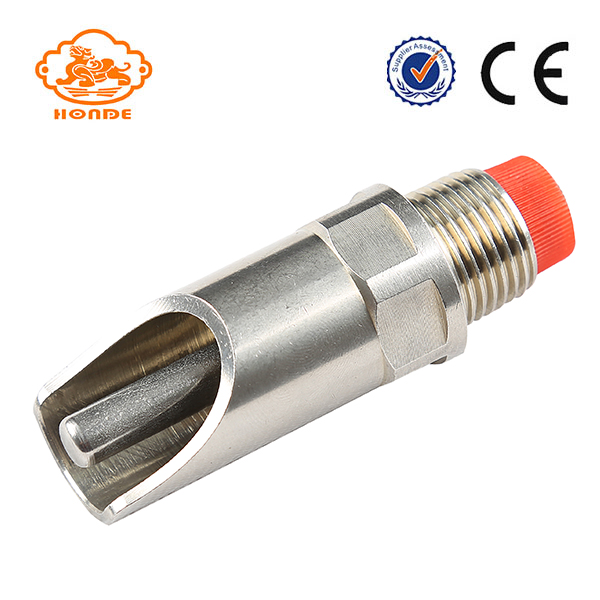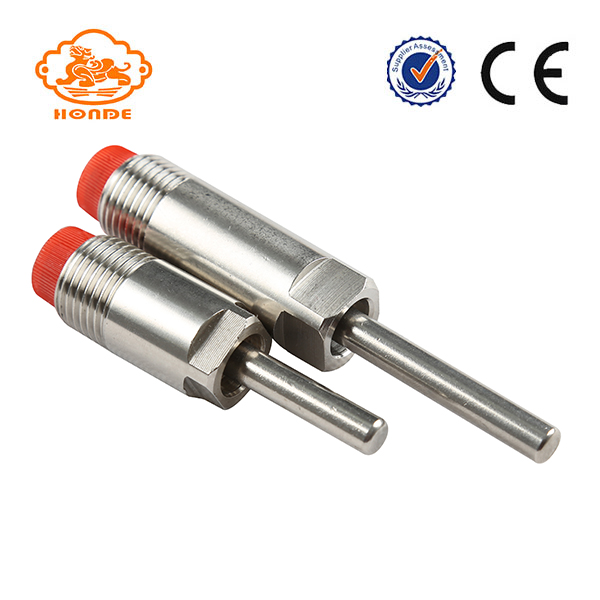Sand soil has large sand, loose soil, coarse grains, poor capillary performance, easy to lose fertilizer and water, and low potential nutrient content. This type of soil should be given more organic fertilizers, such as soil miscellaneous fertilizer, straw returned to the field, etc., and gradually improve the soil properties. Soils such as clay are heavy in texture and have strong fertility and water retention capacity, but their permeability is poor and their fertilizer efficiency is slow. Therefore, the application of organic fertilizer must be fully brewed and decomposed, topdressing fertilizer should be appropriate earlier, and should "eat more meals," and reduce the frequency of fertilization. Late use of excessive nitrogen fertilizer to prevent late maturity of the crop greed. In addition, cultivating loose soil and improving soil ventilation should also be carried out. Soil soil is a better soil. Its permeability, conservation, potential nutrient content between sand and clay, suitable for all types of crop growth, generally according to output requirements and crop appearance, timely and appropriate fertilizer. We must use reasonable fertilization and fertility to better play the role of fertilizer production. In principle, it is necessary to combine long-acting fertilizers with short-acting fertilizers in order to meet the fertilizer demand in different growth stages of the crops in a timely manner. Organic fertilizers are combined with chemical fertilizers to fertilize the soil and combine the use of both; the combination of a large number of elemental fertilizers and micro-fertilizers to provide timely crops Provide all kinds of nutrients required; nitrogen, phosphorus and potassium combine to increase efficiency. Acidity and alkalinity Soil acidity has a great influence on nutrient availability and is an important basis for rational fertilization. According to analysis, soils with a pH value of 6 to 8 have a high available nitrogen content. Therefore, ammonium nitrogen (such as ammonium bicarbonate, ammonium sulfate, etc.) should be applied with acupuncture, furrow application, and deep application of basal fertilizer. Method to prevent or reduce ammonia volatilization. In the partially acidic soils with a pH of 6 or less, potassium, calcium, and the like are easily replaced by hydrogen ions and they are lost in water. Therefore, potassium acid and calcium should be added to the acid soils. The effectiveness of phosphorus is more susceptible to pH, and its effectiveness is higher when the pH is between 6 and 7.5. When the pH is above 7.5, it is easy to combine with calcium in the soil and it becomes insoluble calcium phosphate. ; And when the pH value of 6 or less, it is easy to combine with the iron, aluminum, etc. in the soil to form insoluble iron phosphate, aluminum phosphate and other compounds. Therefore, in the application of phosphorus in acidic soils, lime should be applied first to neutralize the acidity of the soil. The Pig Nipple Drinker It is a new product for animal husbandry. With our nipple drinker, pigs can be fed very easily. You do not have to feed pigs one by one, pig nipple drinker will provide all the pigs with water. The quality of our products is good, we promise to use for more than five years, and the price is very good. For anyone, this is very easy to use. The only thing you need to do is put it into the tube, and then all the pigs can enjoy the water, you can enjoy your free time. When the pig bites it, it supplies water. When the pig does not bite it. Stop water supply, save water, keep water quality fresh.
We can also make products according to customer's requirements. Customizing your special use is our advantage.
Pig Nipple Drinker Pig Nipple Drinker,Nipples Water Drinking,Water Saving Pig Nipple Drinker,Nipple Drinker For Pigs HuangHua FengYi Honde Metal Factory , https://www.farrowingcratesfromchina.com

